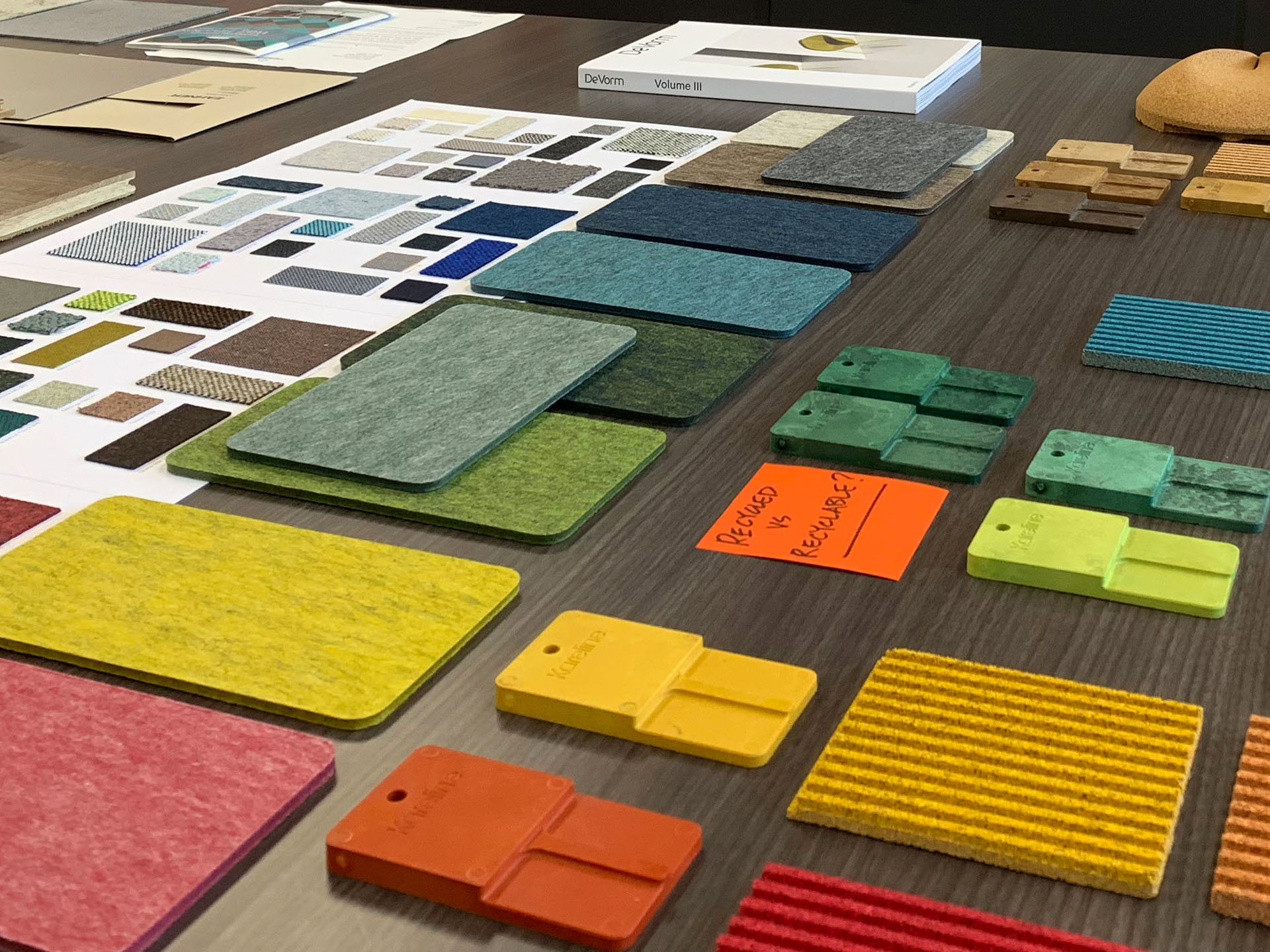What was the last time you held a product longer than others just because it "felt right" in your hand? There might have been a sense of luxury, or perhaps there might have been a sense of durability. It was probably the perfect color, too. Enter the power of CMF design.
An essential aspect of industrial design is the way in which products and environments are differentiated from one another based on their color, texture, and decoration. This design process is known as “Color, Materials, and Finish” Design (CMF).
An industrial designer with CMF qualifications can enhance existing products and environments by incorporating a variety of color palettes, material samples, and surface finishes. Research and analysis of global trends, brand identity, interviews, and customer feedback are used in developing CMF design directions. These design directions can be applied to a wide range of products, including smartphones and headphones, among many others. They can, however, also be used in furniture design, healthcare goods, and various other applications.
CMF designers consider more than trends and aesthetics when designing products; they also take into account the user experience and the psychology of different colors, materials, and surfaces, all of which play a direct role in determining a product's usability and perception. When CMF design is done effectively, it can become a language of the object with which it integrates - optimizing performance, improving functionality, and creating an emotional impact. When done properly, it enhances an object's appearance and changes its properties, changing its suitability for an environment or use and altering the perception of the space within which it resides.
The Use of Color in CMF Design
A CMF designer carefully considers and proposes colors that are perfectly and practically suited for a product or product line, whether they are aligned and compliment the brand or help satisfy your target audience psychologically. In addition to color direction, user experience is always a core consideration. They provide intuitive cues for tactile interactions based on common psychology concepts, a classic formula is the use of green for a power on button and red for a power off button.
The Use of Materials in CMF Design
In addition to staying on top of material trends, CMF designers and engineers identify the right materials to solve problems and provide optimal performance — often while carefully considering the costs of manufacturing. In many cases this includes incorporating different textiles, metals, woods, plastics and wovens — sometimes in unison — to bring a certain level of perceived quality to the user experience. This can be as subtle as choosing a matte anodized metal versus a smooth polished metal — both of which can dramatically change the user's perception and value of the product.
The Use of Finishes in CMF Design
From how well it protects the product to the way it reflects, CMF designers obsess over the finish of products. Whether the value is placed on durability or shine, the finish used on a product can be the first emotional connection a user might have with a product. Similar to material selection, this can also range from durable matte coatings to smooth metal polishing.
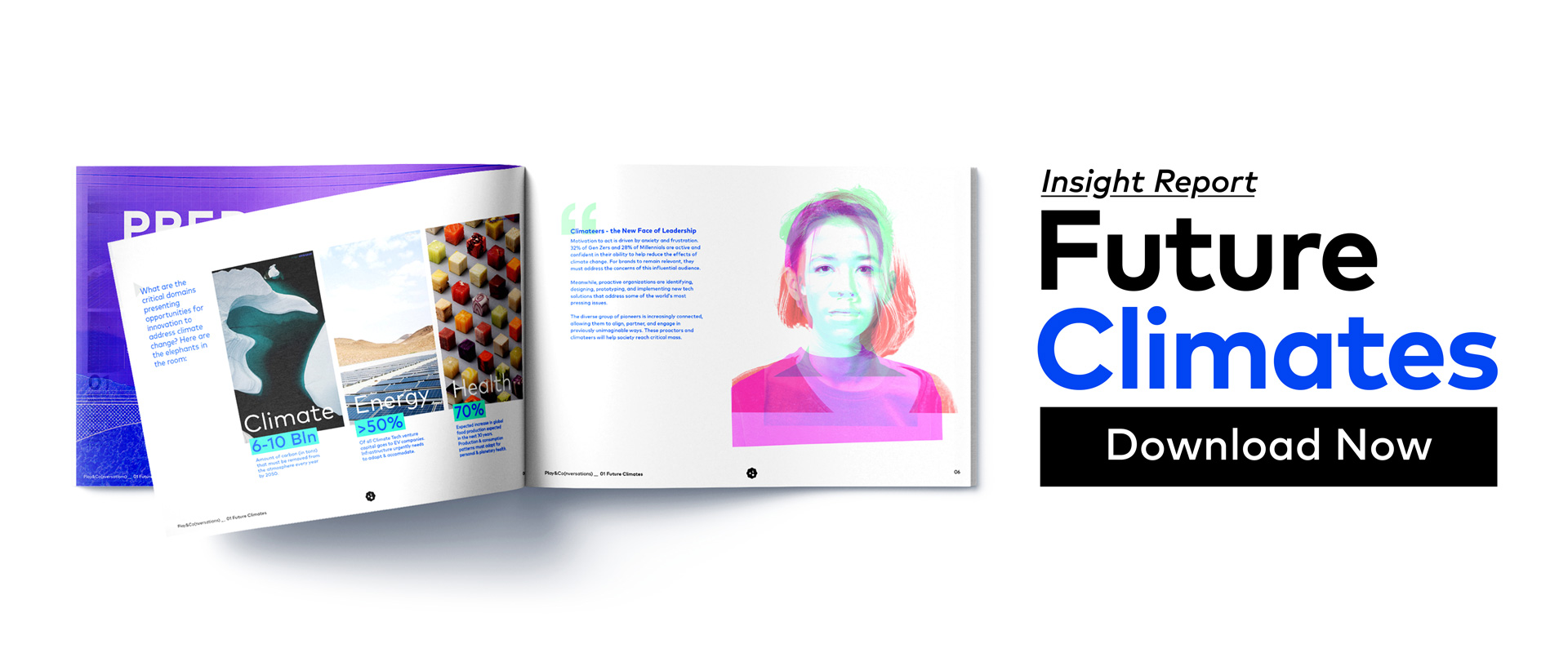
How Play&Co Approaches CMF Design
Using colors, materials, and finishes from the furniture, architecture, transportation, and homewares industries, Play&Co approaches CMF design from a cosmetic, sustainable, acoustic, and performance perspective. Moreover, the design directions are mapped based on their visual value and premiumness, among other factors, to meet the requirements of each project.
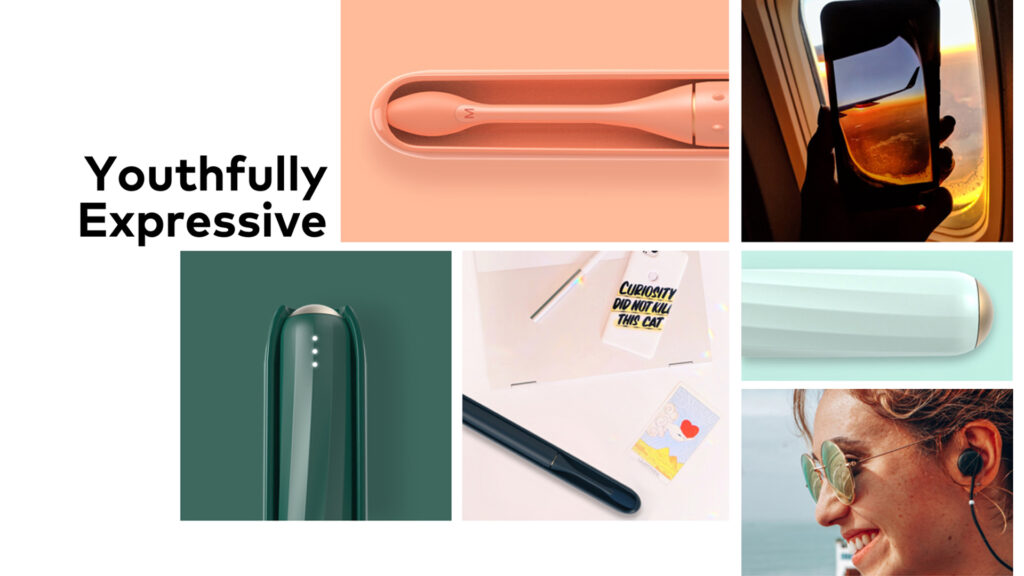
By examining color, material, and finish insights, and scanning global trends, the CMF design team creates a matrix of design directions for each client. Depending on the design direction, premiumness, market trends, cultural fit, or cost-effectiveness can all come into play. During this phase of the project, contextual insights and relevance studies are conducted to determine the benefits of each unique design direction, which are then actualized by sourcing color, material, and finish samples from manufacturers around the world. To fully visualize and analyze the cost and benefit analysis of each of the CMF design directions, design and specification frameworks are put in place. After creating a final CMF design direction with the client, Play&Co implements the design into a product or product line for manufacturing.
CMF Design Example | Hewlett-Packard LaserJet Managed Printers
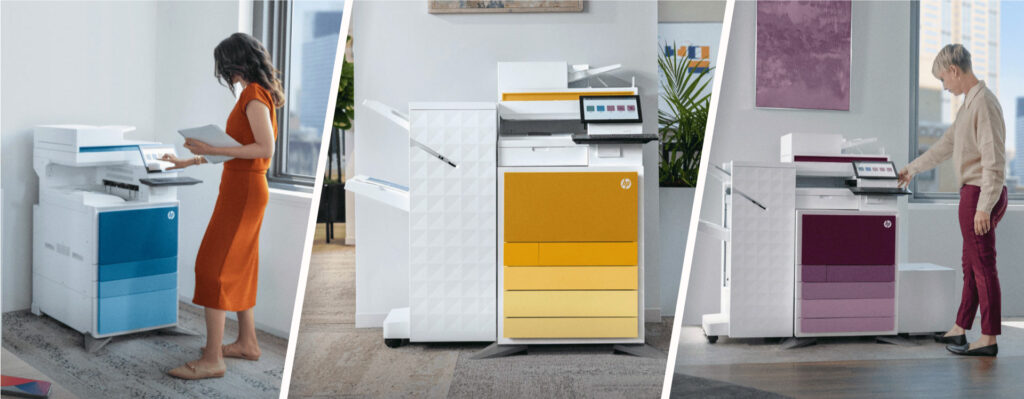
A redesigned range of enterprise printers was designed to bridge the printer aesthetic with the evolving workplace. Play&Co was brought on board to design the color, material, and finish strategy. Play&Co helped HP's design team establish a Creative Direction framework that drove organizational buy-in. Our color solutions serve a broad and growing clientele by translating trends research into meaningful and flexible color propositions.
We sourced, researched and evaluated materials from the architecture, furniture and homewares industries for their cosmetic, sustainability, acoustic, and performance characteristics. Then, they were mapped based on visual value, range curation, and premiumness. A selection of samples was gathered from pioneering companies around the world, and sent to HP headquarters in Boise, Idaho, where Play&Co engaged in stakeholder meetings, workshops, and deep dives.
CMF Design Example | Philips One Toothbrush
Play&Co was asked by Philips to assist them in understanding key factors in CMF design that are contributing to the influence of consumer habits, such as user-generated content on social media and brand loyalty. To appeal to cost-conscious consumers looking to up their oral healthcare routine from manual brushing, we helped the Design team envision and design an entry-level powered toothbrush that didn't look or feel like other electronic toothbrushes.
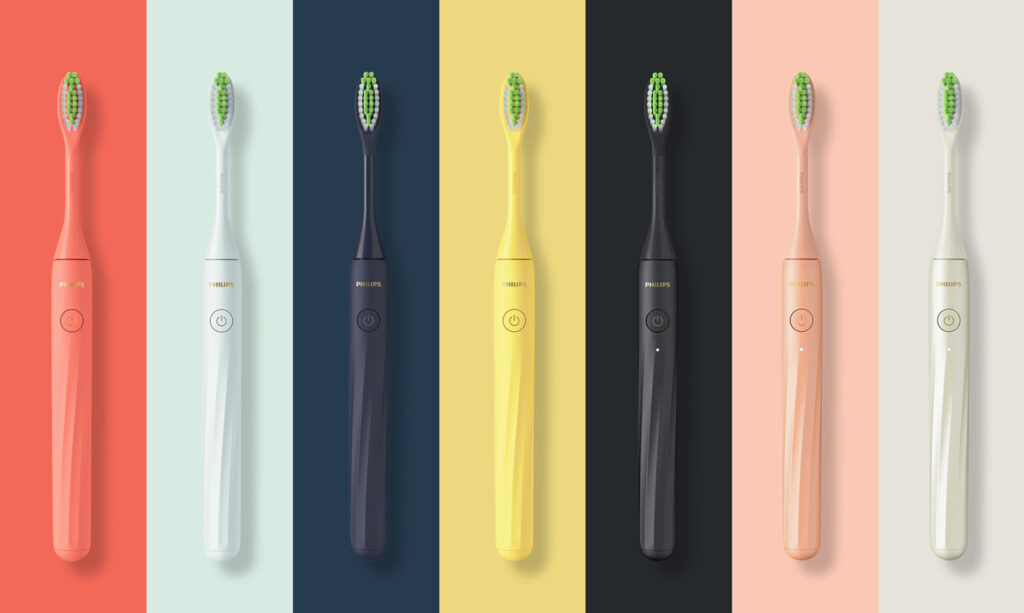
Our team participated in early research and proposition workshops and on-site brainstorming and concept sessions. Following the design refinement process, we prototyped and specified the design using our proven CMF design framework.
As part of the design process, we imagined a wide range of concept expressions, details, and features. The concept evolved to emphasize simplicity, portability, convenience and a fun personality as the project evolved. Using sketches, prototypes, colors, and materials, we shaped a compelling product narrative that translated not only to the end product but the marketing campaigns as well.
Click here to learn more about how Play&Co can bring CMF design services to your next project.
